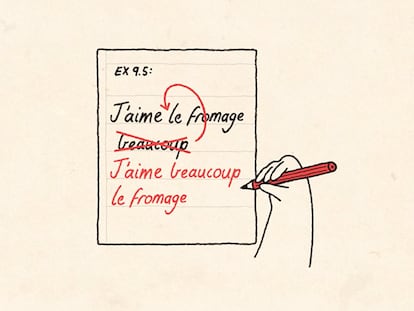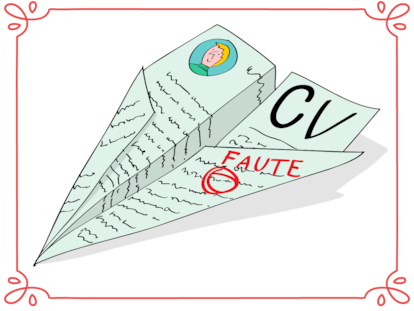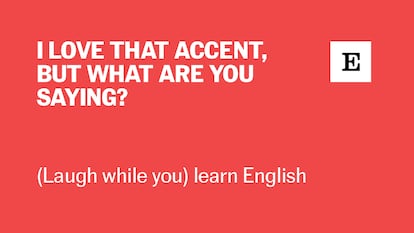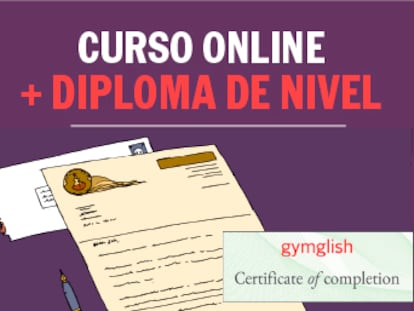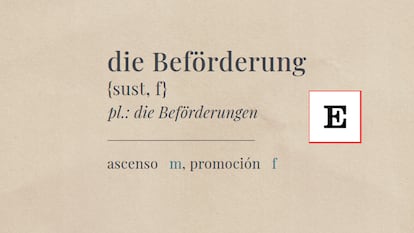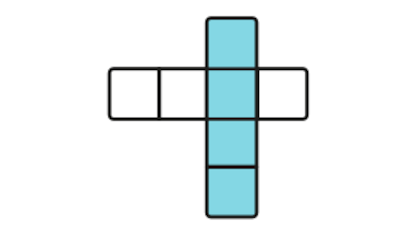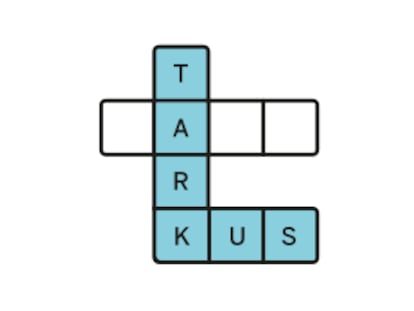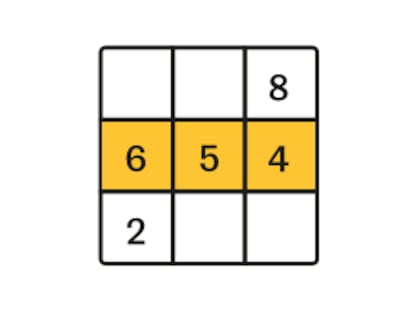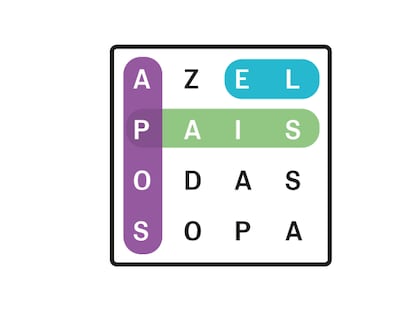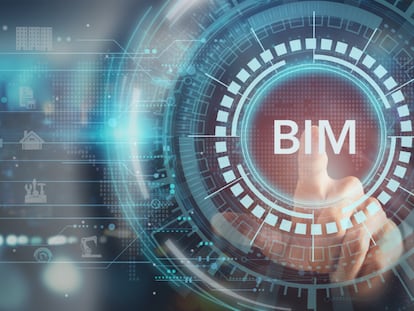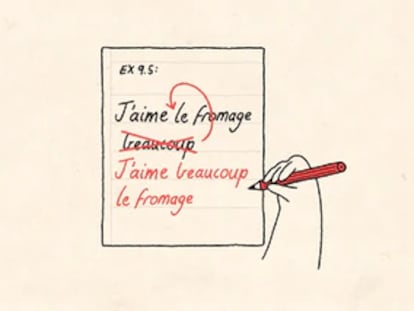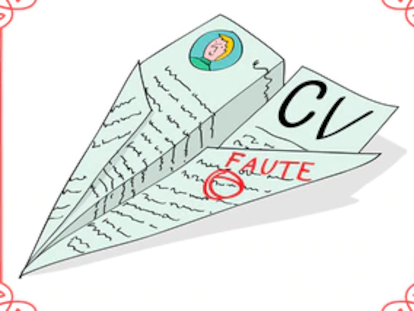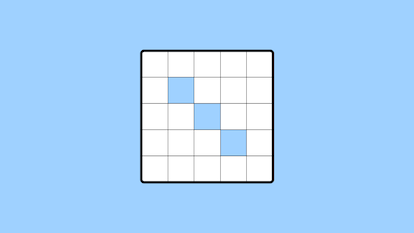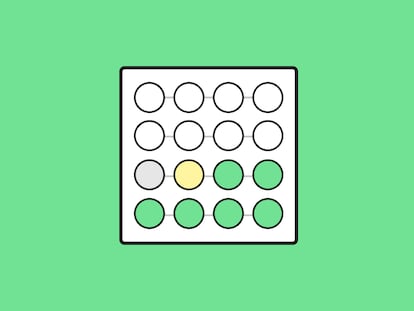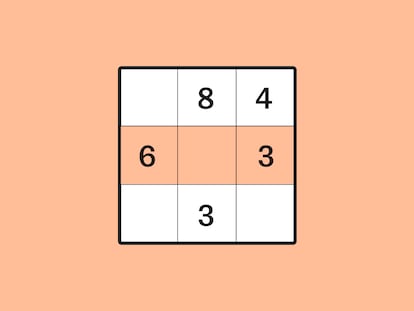‘The Atlantic’ publishes new Signal texts with key details from the leaked chat about US strike plans
Director of National Intelligence Tulsi Gabbard and CIA Director John Ratcliffe faced intense questioning in the House Intelligence Committee on Wednesday

The Atlantic magazine on Wednesday published more texts from a conversation between senior Trump administration officials on a messaging app discussing plans to bomb Houthi rebel positions in Yemen on March 15th. The outlet had originally decided not to release them, considering the details too sensitive for national security, but the U.S. government repeatedly stated on Tuesday that the Signal group chat did not contain any classified information. For that reason, the magazine argues, it has decided to release them.
U.S. President Donald Trump himself had insisted that the group’s creator, his national security adviser Mike Waltz—who inadvertently added The Atlantic editor Jeffrey Goldberg into the Signal chat—had not made any serious mistakes and should not apologize. Instead, he lashed out at the journalist, a frequent target of his criticism, accusing him of having “made up a lot of stories.” Other high-ranking officials also tried to downplay the seriousness of the leak.
Two of the participants in the Signal conversation, Director of National Intelligence Tulsi Gabbard and CIA Director John Ratcliffe, faced intense questioning in the House Intelligence Committee on Wednesday. Ratcliffe was at one point asked by Representative Jimmy Gomez, a Democrat for California, if Defense Secretary Pete Hegseth “had been drinking before he leaked classified information.” The reply was “I think that’s an offensive line of questioning. The answer’s no.” Gabbard, meanwhile, said she was traveling at the time and played no specific role in the group chat. In a similar hearing before the Senate Intelligence Committee on Tuesday, both received an avalanche of criticism from Democratic lawmakers.
The new messages, in which the magazine claims it has only left out the name of a CIA operative, make it clear that Secretary of Defense Pete Hegseth included very detailed information about the type of aircraft that were going to launch the missiles at the Houthi positions, the exact time, and the type of weapons. The magazine has warned in a follow-up article that “if this information—particularly the exact times American aircraft were taking off for Yemen—had fallen into the wrong hands in that crucial two-hour period, American pilots and other American personnel could have been exposed to even greater danger than they ordinarily would face.”
Hegseth’s text, originally withheld by The Atlantic but later released, says:
“TEAM UPDATE:
TIME NOW (1144et): Weather is FAVORABLE. Just CONFIRMED w/CENTCOM we are a GO for mission launch.
1215et: F-18s LAUNCH (1st strike package)
1345: “Trigger Based” F-18 1st Strike Window Starts (Target Terrorist is @ his Known Location so SHOULD BE ON TIME) – also, Strike Drones Launch (MQ-9s)
1410: More F-18s LAUNCH (2nd strike package)
1415: Strike Drones on Target (THIS IS WHEN THE FIRST BOMBS WILL DEFINITELY DROP, pending earlier “Trigger Based” targets)
1536: F-18 2nd Strike Starts – also, first sea-based Tomahawks launched.
MORE TO FOLLOW (per timeline)
We are currently clean on OPSEC.
Godspeed to our Warrior”
“This Signal message shows that the U.S. secretary of defense texted a group that included a phone number unknown to him—Goldberg’s cellphone—at 11:44 a.m. This was 31 minutes before the first U.S. warplanes launched, and two hours and one minute before the beginning of a period in which a primary target, the Houthi “Target Terrorist,” was expected to be killed by these American aircraft,” says the article in The Atlantic.
Hegseth did not include all the details of the strike plans in his messages, nor did he identify the exact targets. But he did mention the weapons to be used and provided the exact timing of the operation, usually a closely guarded military secret.
Sign up for our weekly newsletter to get more English-language news coverage from EL PAÍS USA Edition
Tu suscripción se está usando en otro dispositivo
¿Quieres añadir otro usuario a tu suscripción?
Si continúas leyendo en este dispositivo, no se podrá leer en el otro.
FlechaTu suscripción se está usando en otro dispositivo y solo puedes acceder a EL PAÍS desde un dispositivo a la vez.
Si quieres compartir tu cuenta, cambia tu suscripción a la modalidad Premium, así podrás añadir otro usuario. Cada uno accederá con su propia cuenta de email, lo que os permitirá personalizar vuestra experiencia en EL PAÍS.
¿Tienes una suscripción de empresa? Accede aquí para contratar más cuentas.
En el caso de no saber quién está usando tu cuenta, te recomendamos cambiar tu contraseña aquí.
Si decides continuar compartiendo tu cuenta, este mensaje se mostrará en tu dispositivo y en el de la otra persona que está usando tu cuenta de forma indefinida, afectando a tu experiencia de lectura. Puedes consultar aquí los términos y condiciones de la suscripción digital.
More information
Archived In
Últimas noticias
Not all insomnia is the same: Study identifies five subtypes and paves the way for personalized treatment
The United States designates Clan de Golfo as a foreign terrorist group
The United States strikes three more suspected drug boats, killing eight
The Iberian Peninsula is rotating clockwise, scientists report
Most viewed
- ‘El Limones’ and the growing union disguise of Mexican organized crime
- Christian Louboutin: ‘Young people don’t want to be like their parents. And if their parents wear sneakers, they’re going to look for something else’
- ‘We are dying’: Cuba sinks into a health crisis amid medicine shortages and misdiagnosis
- A mountaineer, accused of manslaughter for the death of his partner during a climb: He silenced his phone and refused a helicopter rescue
- The low-cost creative revolution: How technology is making art accessible to everyone










